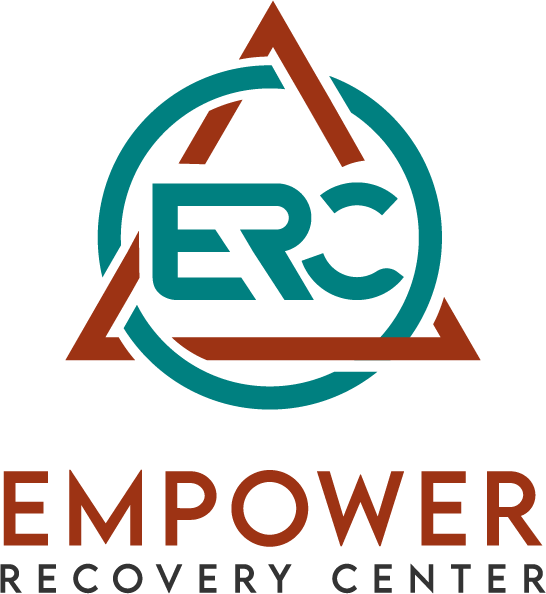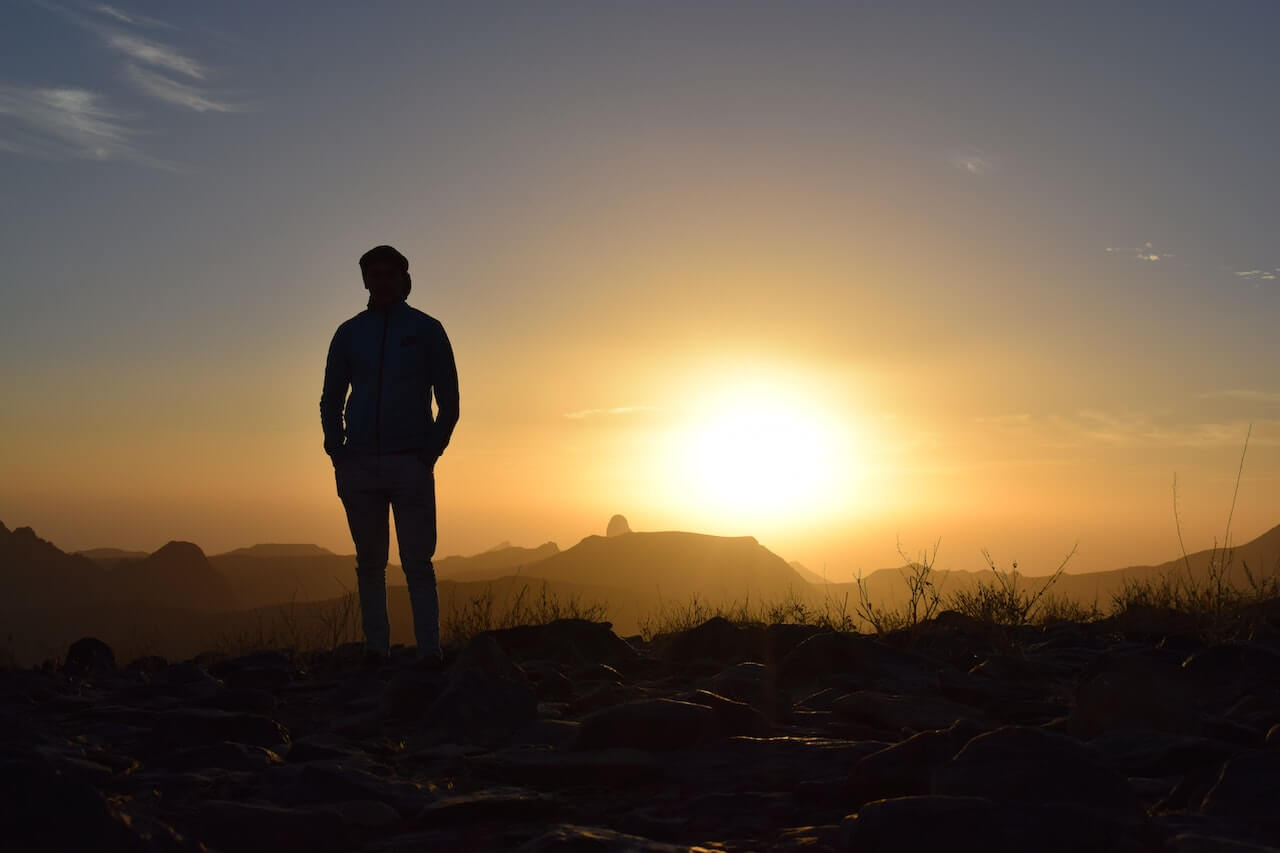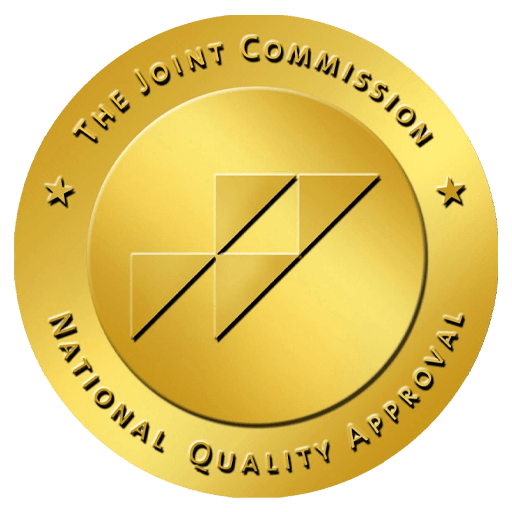Therapeutic Approaches at Sherman Oaks Drug Rehab Centers
At Sherman Oaks drug rehab, a diverse array of therapeutic techniques is employed to address the complex nature of addiction. Through years of experience, we have discovered that a combination of behavioral therapies often yields the most effective results. Cognitive Behavioral Therapy (CBT) is a staple, helping individuals identify and change destructive thought patterns that lead to substance abuse.
Equally pivotal is Dialectical Behavior Therapy (DBT), which builds on CBT by assisting clients in managing emotions and improving interpersonal skills. The integration of these therapies provides a comprehensive toolkit for clients to navigate the challenges of addiction recovery. Additionally, experiential therapies, such as art therapy and equine-assisted therapy, provide alternative avenues for expression and healing, catering to different preferences and needs.
A Personal Experience: Life Inside Sherman Oaks Drug Rehab
As a professional working in Sherman Oaks drug rehab, witnessing transformations firsthand is profoundly rewarding. Clients often arrive shackled by the chains of addiction, their lives a tapestry of chaos and despair. However, with personalized care and dedicated support, they begin to weave new threads of hope and resilience.
One memorable experience involved a young client who, through our intensive outpatient program, rediscovered her passion for painting. By channeling her energy into creativity, she found solace and strength, ultimately painting a path to sobriety. Moments like these reinforce our commitment to providing holistic, person-centered care.
What Are the Common Challenges in Sherman Oaks Drug Rehab?
A significant challenge in any Sherman Oaks drug rehab is ensuring that treatment plans are as dynamic and adaptable as the individuals they serve. Clients often present with co-occurring disorders, making it essential to address both mental health and substance abuse issues simultaneously. A one-size-fits-all approach simply does not work; thus, personalized treatment plans are crucial.
Another common hurdle is the stigma associated with seeking help. Many individuals delay admission due to shame or fear of judgment. It is vital to create safe, non-judgmental spaces where clients can openly discuss their struggles. Through community-building and education, we strive to dismantle these barriers, making recovery more accessible.
Moreover, maintaining motivation during recovery can be difficult. Regular check-ins and goal-setting sessions have proven effective in keeping clients engaged. By celebrating small victories and acknowledging setbacks as part of the journey, we foster an environment where progress is possible, and hope is tangible.
Finally, facilitating a smooth transition back into society is a critical focus. Our transitional living programs equip clients with vital life skills and support systems, ensuring they are prepared to embark on a thriving future. This holistic approach to reintegration is what sets Sherman Oaks drug rehab apart.
Steps to Recovery at Sherman Oaks Drug Rehab
Embarking on the road to recovery is a courageous decision, and each step is carefully designed to lead clients towards a sustainable and fulfilling life. Here is a glimpse into the structured pathway followed at Sherman Oaks drug rehab:
- Assessment and Evaluation: Each client begins with a comprehensive assessment to determine their specific needs and goals.
- Personalized Treatment Plan: Based on the evaluation, a tailored plan is created, integrating various therapies and support systems.
- Therapy and Counseling: Clients engage in individual and group therapy sessions to address underlying issues and foster healing.
- Skill Development: Life skills training and workshops are provided to enhance personal growth and self-sufficiency.
- Aftercare Planning: As clients prepare to transition out of the program, aftercare plans are developed to ensure continued support and success.
Considering the Costs: Is Sherman Oaks Drug Rehab Affordable?
Cost is a significant consideration for many seeking treatment. Sherman Oaks drug rehab facilities offer a range of pricing options to accommodate various financial situations. Understanding that quality care must be accessible, many centers provide sliding scale fees, payment plans, and accept several insurance carriers.
However, it is crucial to view treatment as an investment in one’s future. The long-term benefits of recovery, including improved health and restored relationships, often outweigh the initial financial burden. By prioritizing recovery, individuals embark on a journey towards a brighter and more stable future.
Moreover, financial aid programs and nonprofit organizations can offer additional support for those who qualify. Our priority at Sherman Oaks drug rehab is ensuring that no one is denied the opportunity to reclaim their life due to financial constraints.
How Can Family Support Impact Recovery?
Family support is a cornerstone of successful recovery at Sherman Oaks drug rehab. Research and experience underscore the positive impact familial involvement can have on treatment outcomes. Families provide emotional support, foster accountability, and create a stronger network for the recovering individual.
- Participating in family therapy sessions enables open communication and healing.
- Education on addiction helps family members better understand the challenges faced by their loved ones.
- Building a supportive home environment facilitates lasting change.
By integrating families into the recovery process, we aim to strengthen the support system that will carry clients beyond their time in treatment, nurturing long-term resilience and sobriety.








